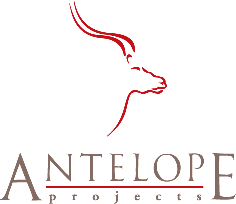
 |
bezzleveryard projects > business > ethics > bezzle |
 |
Ethical Oscillation - The System Dynamics of Bezzleveryard projects > business > ethics > bezzle > oscillation |
At a macro level, bezzle could be interpreted to cover a range of ethical crimes and misdemenours - from outright corruption and fraud to self-interested self-deception and greed.
For example, few of the people who sold split capital investments as "low risk" were capable of exposing the dodgy mathematics that supposedly underpinned the sector - so they may have a reasonable claim to have been acting in good faith, based on prevailing knowledge.
We need to take a particular perspective in order to interpret such scams as bezzle. Bezzle depends on clear notions of legitimacy, which are lacking in many situations.
Chris Flitwick, who was at the centre of the split capital scam, has argued that the split caps were originally low risk, and that it was the investment practices of the fund managers that turned them into high risk. This raises some interesting risk management and trust issues - if events and changing management practices turn a low risk into a high risk, is there a duty of trust to notify all stakeholders that the risk profile has changed and give them an opportuity to reconsider their investment/involvement, or is there a duty of trust to mantain the original risk profile and bear the difference?
Meanwhile apparent wealth acts as an attractor - so gullible investors and intellectually lazy or cynical brokers rush towards get-rich-quick schemes. (This is perhaps an example of Gresham's law - bad money driving out good.)
Galbraith would surely argue that this phenomenon is itself dependent on the economic cycle - acting strongly at some times and very weakly at other times. Galbraith's theory is interesting from an epistemological perspective, because it suggests that bezzle is higher when it is unobserved (unobservable), and lower when it is observed. While this is intuitively plausible, it is scientifically problematic - because it cannot be tested through observation.
These theories provide ways of making sense of recent activity - especially
the flurry of activity around corporate governance and "ethical" acccounting
standards. Based on these theories, we can predict that the energy behind
this activity will subside as economic conditions improve. Doubtless many
stakeholders will be counting on this.
| links not yet established |

|
 |